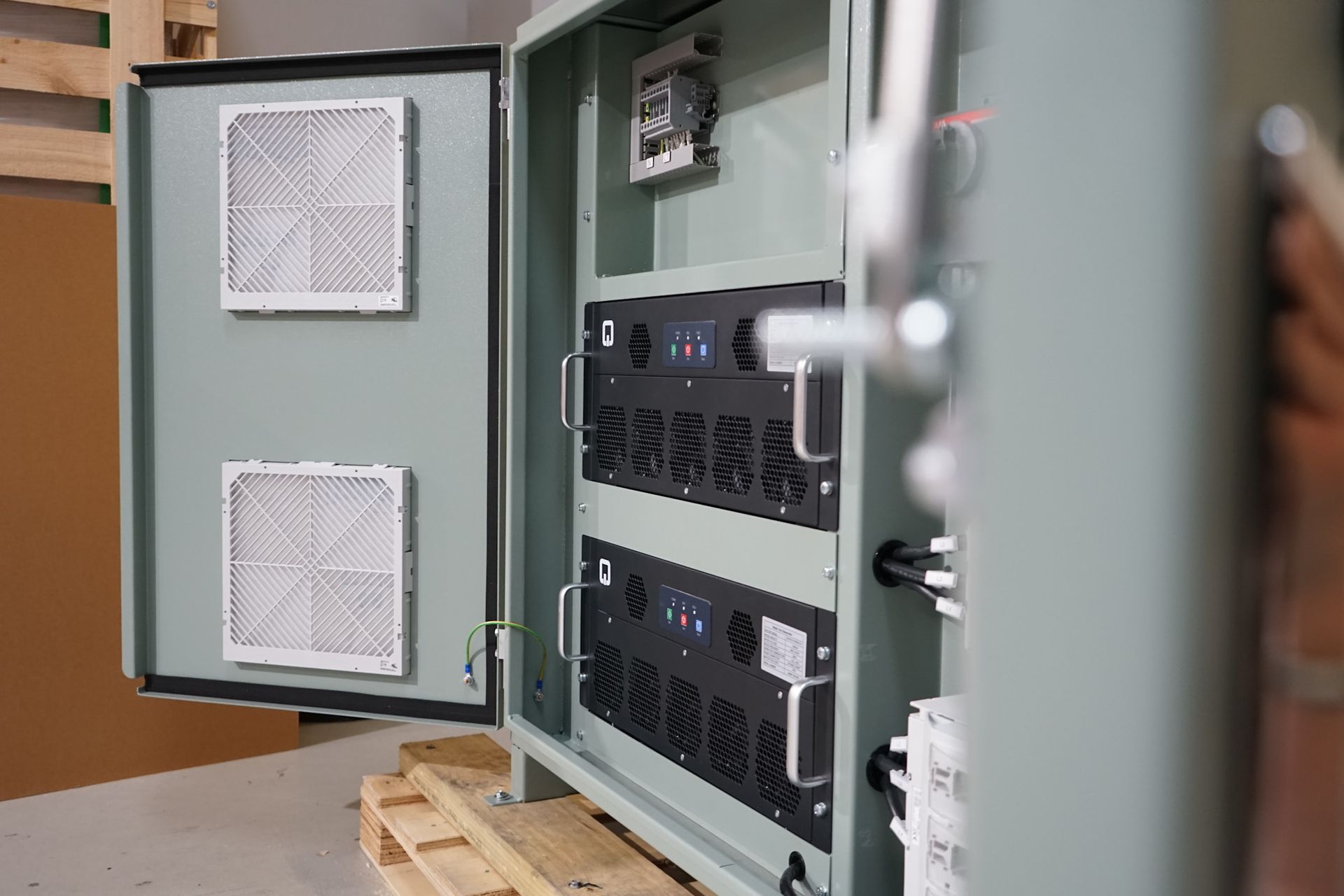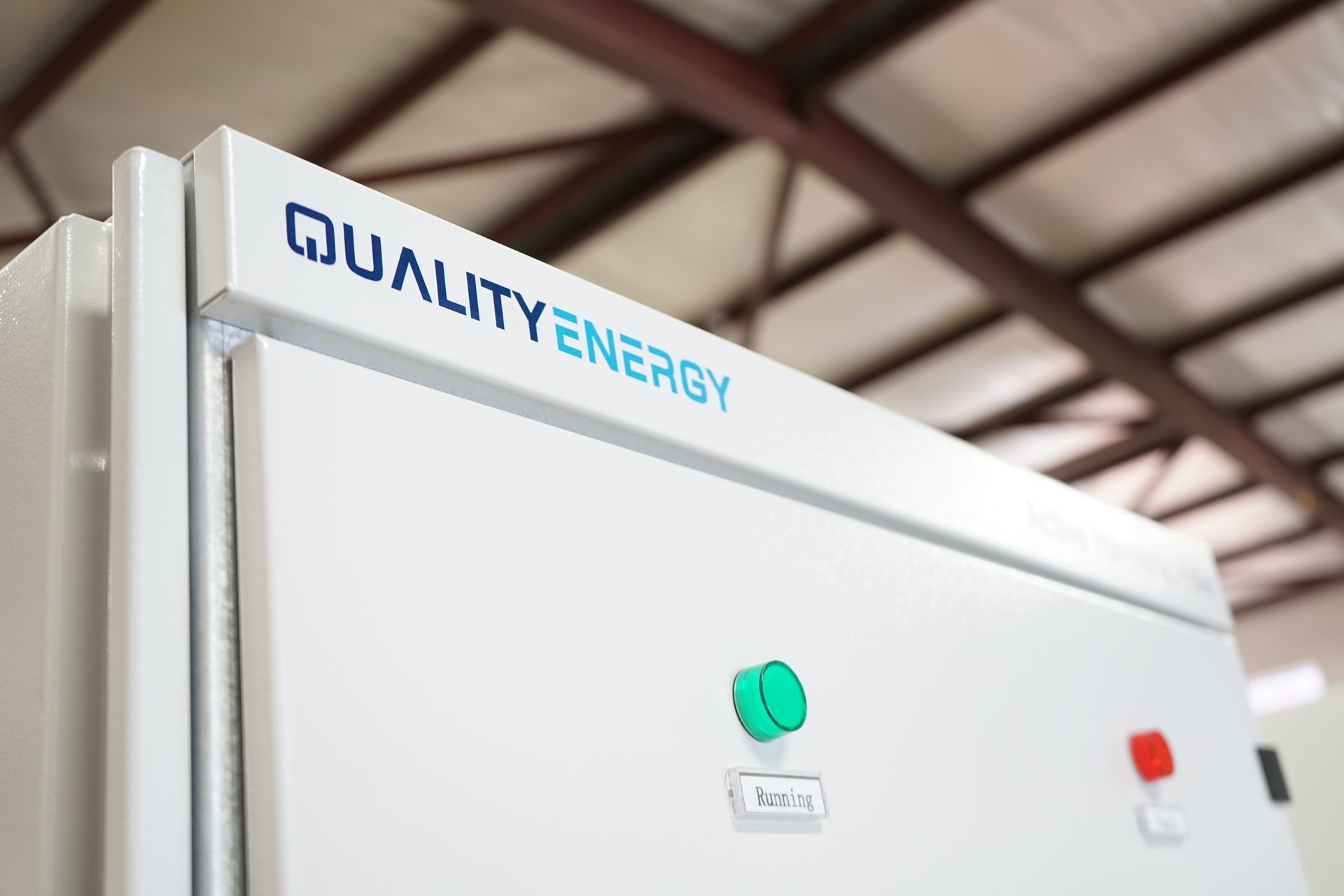While we are electrical engineers and experts on quality power, many of our clients are not as familiar with the terminology which we deal with every day. Whether you are a business owner, a renewable energy consultant or a contractor who specialises in specific power quality equipment, sometimes you need specialist advice.
Quality Energy believes it is important for everyone to understand how the equipment which we recommend and install helps to deliver superior power quality for businesses. One of our most popular and effective products are Active Harmonic Filters. Read on to find out more about this equipment and how it works to deliver reduced Total Harmonic Distortion.
What Is An Active Harmonic Filter?
Suitable to be fitted within large installation systems, Active Harmonic Filters are used to eliminate, or at least mitigate, harmonics experienced from power received from the Australian national grid. The electricity which is delivered to a property is not necessarily ‘clean’ and therefore properties can experience harmonics. Harmonic currents lead to power which is polluted enough to cause failures within an installation and it also takes up capacity within the electrical system. Active Harmonic Filters should be installed to minimise harmonics and therefore optimise the power supply.
An Active Harmonic Filter includes a series of transistors and capacitors to clean the current sinewave through inverse currents which will eliminate the majority of undesired harmonic components. Voltage fluctuations and harmonics cause grid disturbances and this can damage equipment, cause power surges and lead to overheating in addition to increasing energy bills. By installing an Active Harmonic Filter, a property is also helping to clean up Australia’s electrical grid supply, benefitting all users and the planet.
Active Harmonic Filters are larger than Passive Harmonic Filters. While we recognise that some installations are limited by space, Active Harmonic Filters are able to provide a superior level of power quality improvement. Active Harmonic Filters will not overload when the active filter limit is reached, while a Passive Harmonic Filter may be at risk of doing so. Additionally, if an Active Harmonic Filter is rendered incapacitated, the motors for which it is optimising power will not be affected. This is due to the fact that the current itself does not run through the filter.
For installations where constant output is key, we recommend Active Harmonic Filters. While the initial cost will be higher, an Active Harmonic Filter will, in the long run, be more effective when it comes to maintaining a business’ bottom line by guaranteeing ongoing output and reducing energy costs.
What Is A Passive Harmonic Filter?
Passive Harmonic Filters eliminate or mitigate harmonics much the same way that Active Harmonic Filters do. Passive Harmonic Filters filter the current wave through an input reactor, output reactor, shunt reactor and capacitor. They are a simpler solution for individual items of equipment but are limited to the individual and stable loads only.
Passive filters can be limited when it comes to their effectiveness and capacity. Large installations are likely to require Active Harmonic Filters as they are able to work with numerous variable speed drives. If an installation contains many non-linear loads, a Passive Harmonic Filter will not be able to effectively perform.
Passive Harmonic Filters are smaller than Active Harmonic Filters which can be an important selling point for small installations. Additionally, they are cheaper to install and will save businesses money over time by reducing their power bills. For some installations, we will recommend Passive Harmonic Filters to improve power quality. They are cheap to run and very stable.
Choosing The Right Filter
If you are unsure what sort of harmonic filter is suitable for either your own business or a project you are working on, speak with the electrical engineering experts at Quality Energy. We would be happy to provide you with our recommendations either over the phone or following a site visit, if required. We specialise in the installation of Active Harmonic Filters for large scale properties who are keen to clean the electricity received from the national grid to optimise their power quality. We are also able to install Passive Harmonic Filters if this is the better fit for a property or plant. To find out more, get in touch with Quality Energy today.
The post Active Harmonic Filters Vs Passive Harmonic Filters appeared first on Quality Energy.
Related news



Is your business suffering from unexplained electrical faults, failures or power spikes?
A power quality audit will identify issues and give us the data we need to design an appropriate solution for your business.
Looking to get expert advice? Fill in your details below and we'll get right back to you.
We respect your privacy
We will get back to you as soon as possible
Oops, there was an error sending your message.
Please try again
Let’s talk!
Have a question or comment? Let us know.
Head office – Melbourne
Other Locations
New South Wales
Queensland
South Australia
Tasmania



